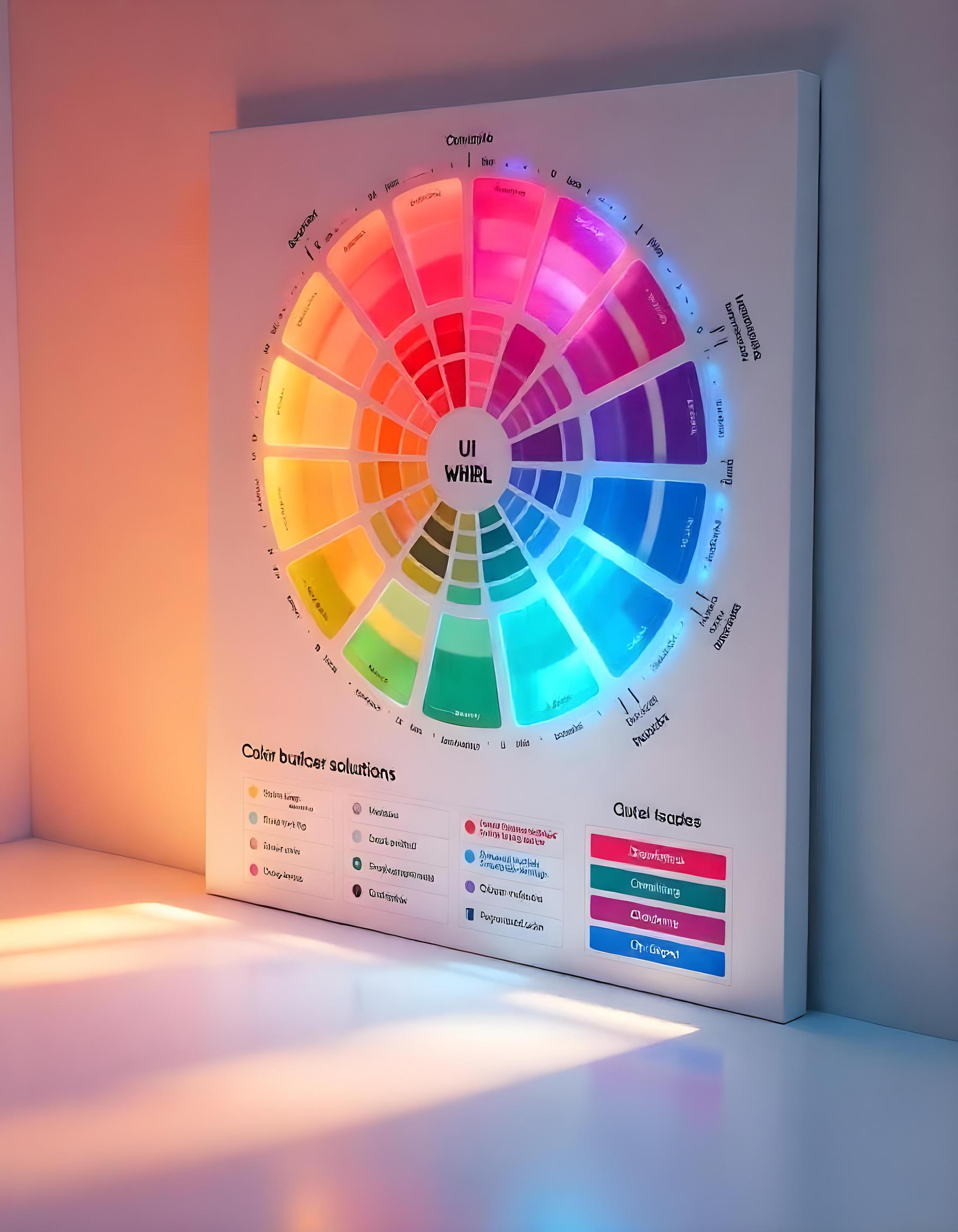Contrast Checker: For accessibility testing. Adobe Color: For creating palettes. Coolors: For generating and exploring color schemes.
-
Learn how colors influence user psychology and decision-making in design.
-
Discover key principles like color theory, color psychology, and accessibility.
-
Understand how to create cohesive and inclusive color palettes for digital interfaces.
-
Apply best practices for visual hierarchy and brand alignment using color.






